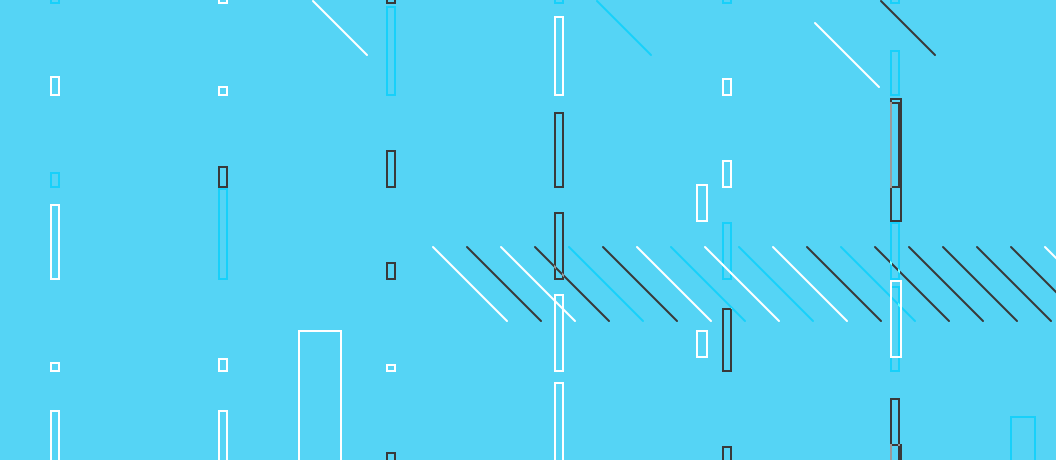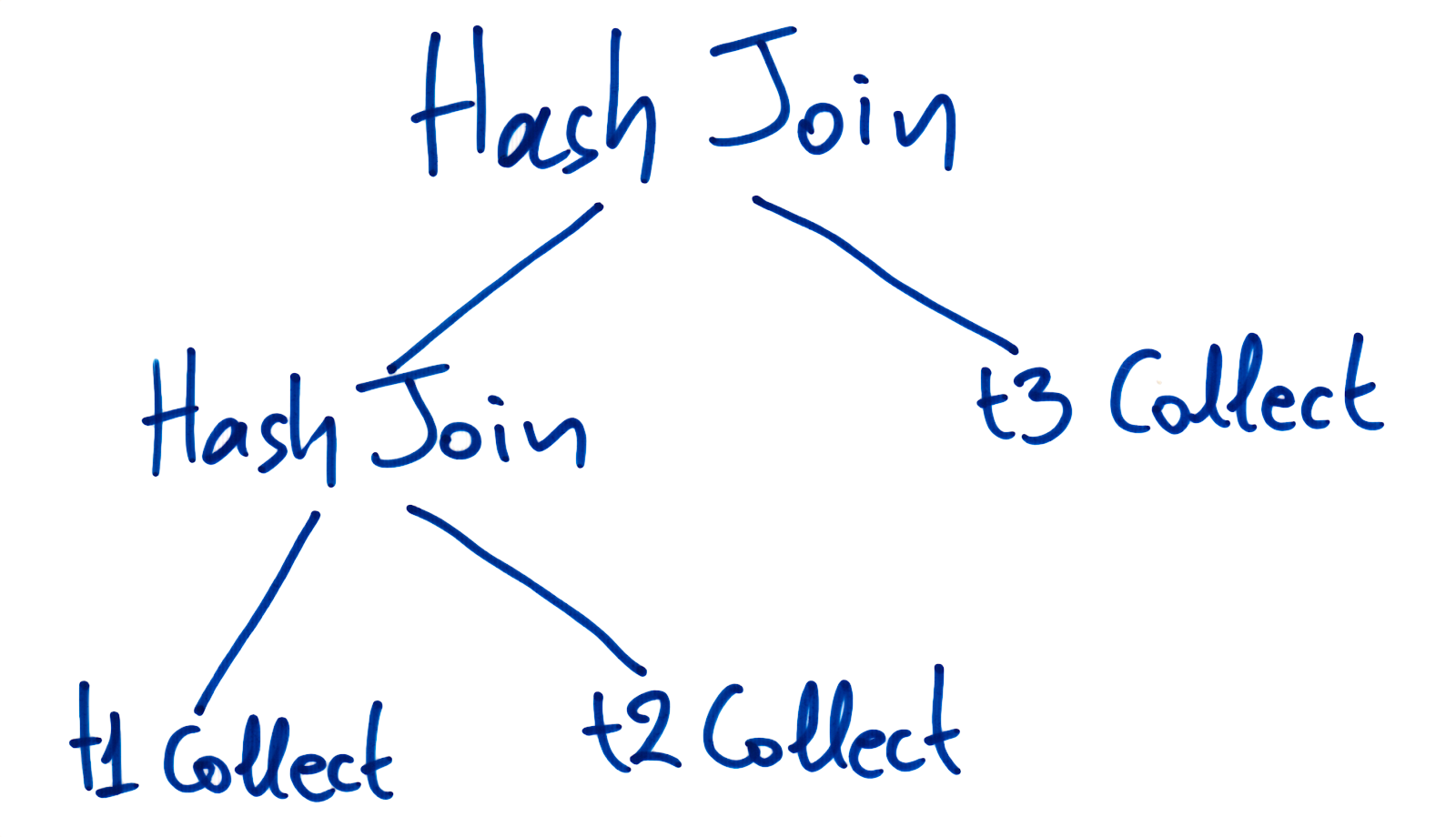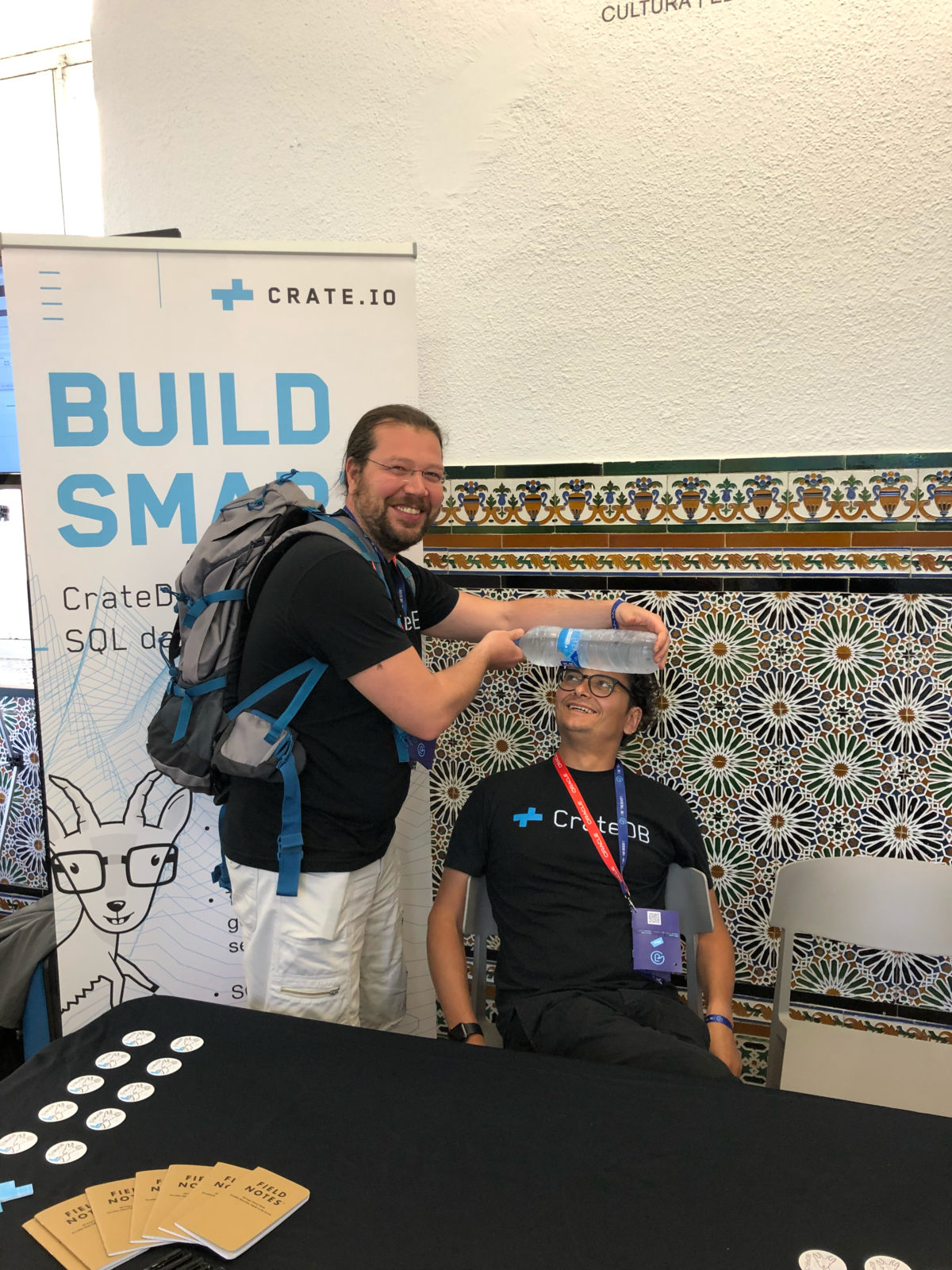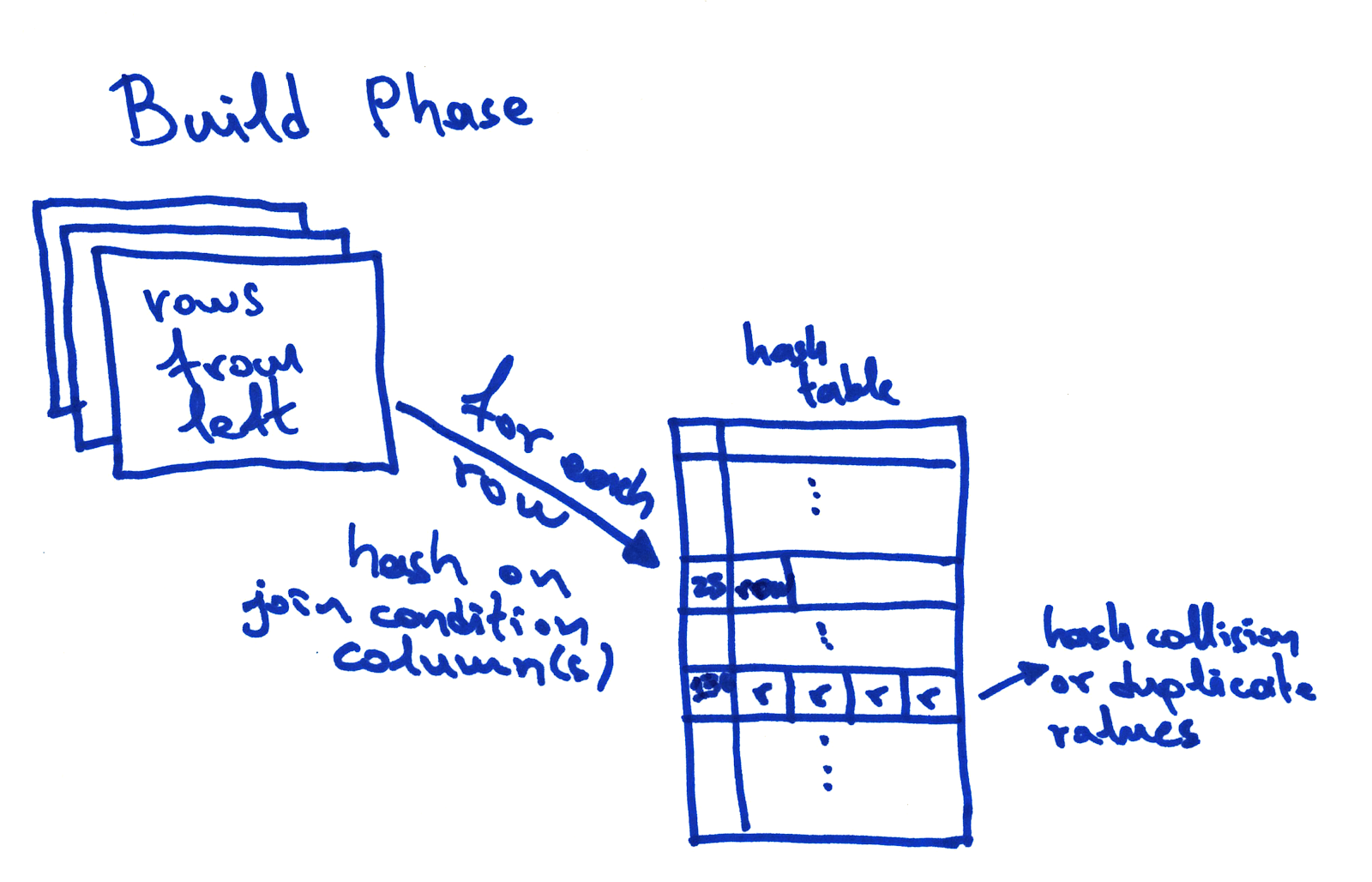On Writing Beautiful Tests
Testing and thinking about modes of failure as you design code will help you to write more robust software, which is, in turn, easier to maintain.

Testing and thinking about modes of failure as you design code will help you to write more robust software, which is, in turn, easier to maintain.

The final part of a three-part miniseries that looks at how we improved join performance in the CrateDB 3.0 release.

Part two of a miniseries that walks you through the process of setting up your first CrateDB cluster on Kubernetes.

Part one of a miniseries that walks you through the process of setting up your first CrateDB cluster on Kubernetes.

This is part two of a three-part miniseries that looks at how we improved join performance in the CrateDB 3.0 release.

Last month, three of us flew out for J on the Beach in Málaga, a conference for bringing "developers and DevOps together around Big Data."

We made faster joins by implementing a block hash algorithm and distributing its execution across the cluster. Find out more in this post.

Hey folks! CrateDB version 3.0.2 was released recently and is now available in the stable release channels.

A stellar group of investors joins Crate.io, and we are excited to announce an $11 million series A round!